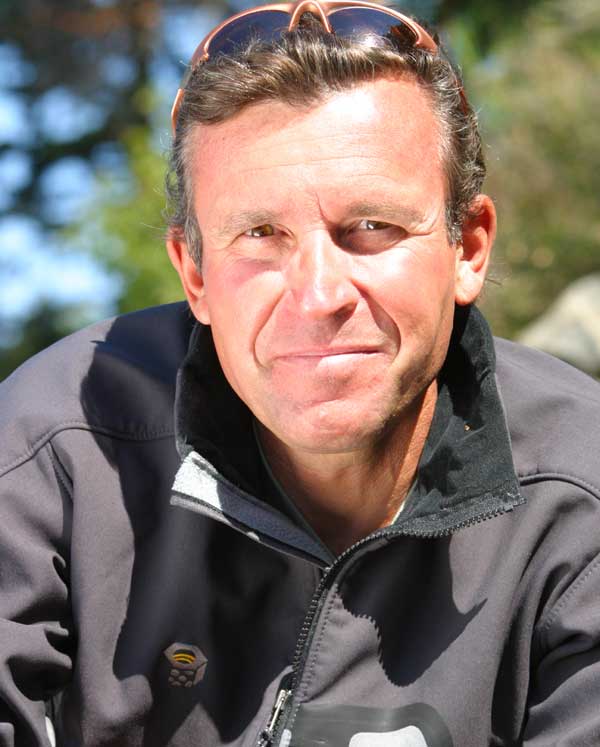To assess the risks in climbing a mountain whose name is partly a number, lets consider these numbers: On Everest, where commercially guided parties abound even after Into Thin Air, the ratio of successful climbers to fatalities is 19:1. On K2, subject of far less media interest, its 4:1. Bainbridge Island mountaineer Ed Viesturs was quoted last summer in The New York Times when 11 died on K2, but that wasnt even the peaks worst season. Thirteen died in 1986, when Viesturs was still guiding on Rainier. Six years later, with Seattles Scott Fischer, he took his chances on the Karakoram killer, which nearly claimed their lives in an avalanche, as he relates in K2: Life and Death on the Worlds Most Dangerous Mountain (Broadway, $26). Viesturs uses K2 as a prism to examine what he did wrong in 92not turn around when his instincts told him toand what other expeditions did wrong (mostly) and occasionally right in the past 70 years. Local legends like Pete Schoening (53) and Jim Whittaker (78) figure in these historical accounts. The famously methodical Viesturs confesses that he never again climbed again with the freewheeling, let-it-happen Fischer, who perished on Everest 96. And while he returned to Everest that year to make an IMAX movie, and again this summer to promote a new line of Eddie Bauer clothing, K2 remains a peak that neither Viesturs nor any other serious mountaineer wants to repeat. BRIAN MILLER
Thu., Nov. 12, 7:30 p.m., 2009




